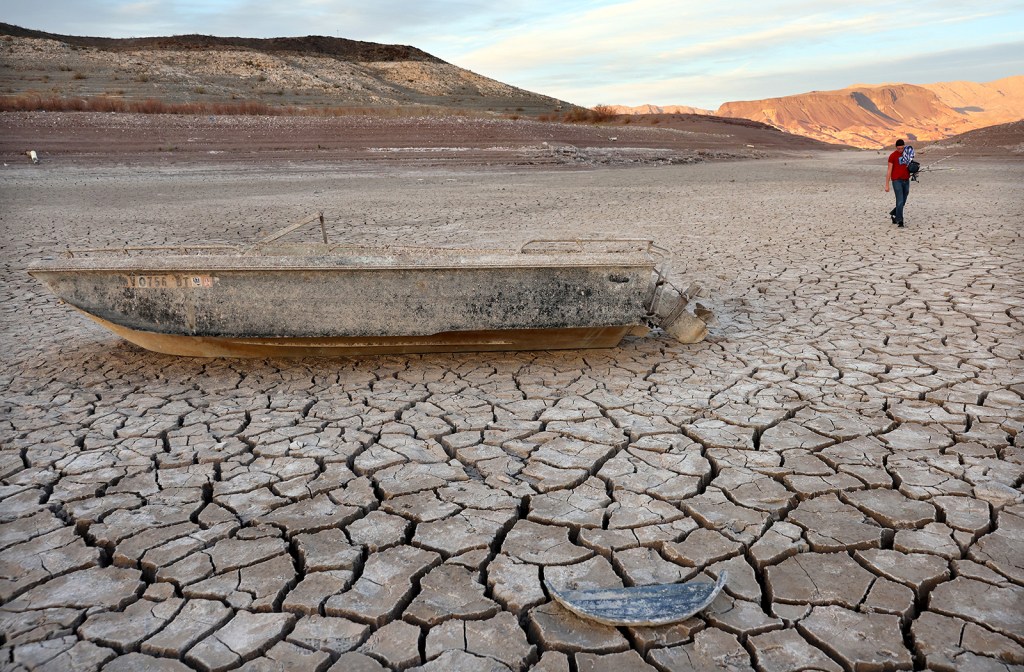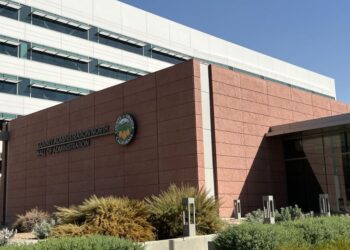LAS VEGAS — There’s no precedent in at least five centuries for how hot and dry the West has been in the last two decades, new research asserts using analysis of tree rings.
The study, published in late January, adds to an ever-growing slew of research that suggests human-caused climate change is warming the earth in ways never seen before. It furthers other research like one study, published last year, that showed the West’s conditions over the last 20 years are the driest in 1,200 years because of climate change.
Extreme heat and dry conditions amplify one another — a positive feedback loop climate scientists call “hot drought.”
Findings show, however, that hot drought has never been this severe, making future projections and mitigation measures more unclear, said Karen King, a University of Tennessee, Knoxville assistant professor and lead author of the study.
These conclusions have important implications for Nevada, the nation’s driest state that largely depends on the shrinking availability of the Colorado River, and the Southwest as a whole.
“When you have these compound extreme climatic events, the consequences are also compounded,” King said. “With this increased association of heat and drought, it almost makes it more uncertain: Are we going to be able to predict when this mega-drought ends?”
Scientists looked at how long and wide tree rings are to catch a glimpse into temperatures dating back to 1553. Denser rings generally signal warmer temperatures, while less dense rings show cooler ones, she said.
Recent technological advancements in the field of dendrology, or the study of tree rings, made the study possible. Rather than using expensive and time-consuming X-rays to measure ring density as developed in the ’90s, researchers can now manipulate light to do so.
Recording the amount of reflected blue light in each annual ring gives scientists a better picture of density…
Read the full article here







